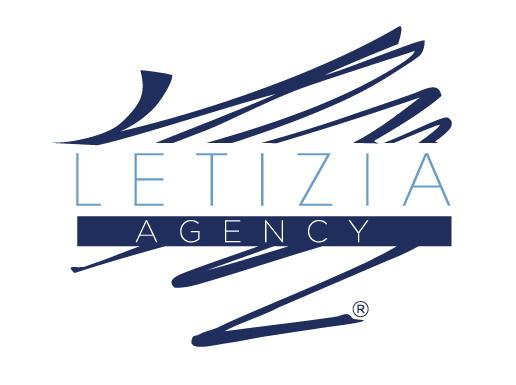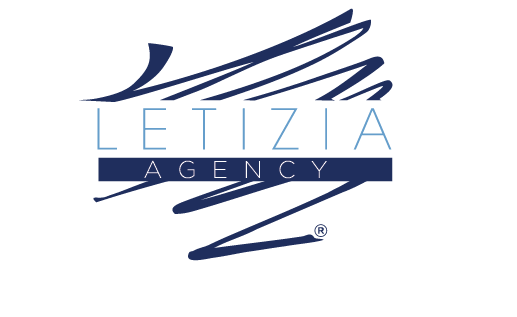Expert Insights
Making Your Message Heard: The Essentials of Starting a Successful PR Campaign
Public relations (PR) campaigns are a critical tool for businesses and organizations to improve their brand image, increase visibility, and connect with their audience. PR campaigns can help organizations build trust and credibility with their stakeholders, including customers, employees, investors, and the public. If you’re looking to start a PR campaign for your business or organization, here are some essential steps we take at Letizia Agency to get you started.
1. Define Your Goals
The first step in starting a successful PR campaign is to define your goals. What do you want to achieve with this campaign? Are you looking to increase sales, boost brand awareness, or improve your company’s reputation? Understanding your goals will help you create a focused and effective PR strategy.
2. Identify Your Target Audience
Next, you need to identify your target audience. Whom do you want to reach with your PR campaign? Are you targeting existing customers, potential customers, or the media? Understanding your target audience will help you tailor your messaging and select the appropriate channels for your PR campaign.
3. Develop Your Key Messages
Once you have identified your goals and target audience, you must develop your key messages. Your key messages should be concise, clear, and relevant to your target audience. These messages will form the basis of your PR campaign and should be consistent across all channels and communications.
4. Determine Your PR Channels
You can use many different channels for your PR campaign, including traditional media, social media, email marketing, and events. Consider your target audience and the type of messages you want to convey when selecting your channels. You may need to mix media to reach your audience effectively.
5. Create a Timeline
Once you have identified your goals, target audience, key messages, and channels, you need to create a timeline for your PR campaign. Your timeline should include critical milestones, such as press releases, events, and media outreach, and should be realistic and achievable.
6. Develop Your PR Materials
Now that your strategy is in place, you must develop your PR materials. This may include press releases, media kits, social media posts, email newsletters, and event materials. Your materials should be consistent with your key messages and tailored to your target audience and channels.
7. Implement Your Campaign
With your strategy, materials, and timeline in place, it’s time to implement your PR campaign. This may involve media outreach, social media engagement, event planning, and more. Remember to track your progress and adjust your strategy as needed.
In conclusion, a successful PR campaign requires careful planning, thoughtful messaging, and consistent execution. By following these essential steps, you can develop a PR campaign that achieves your goals, reaches your target audience, and enhances your brand image.

